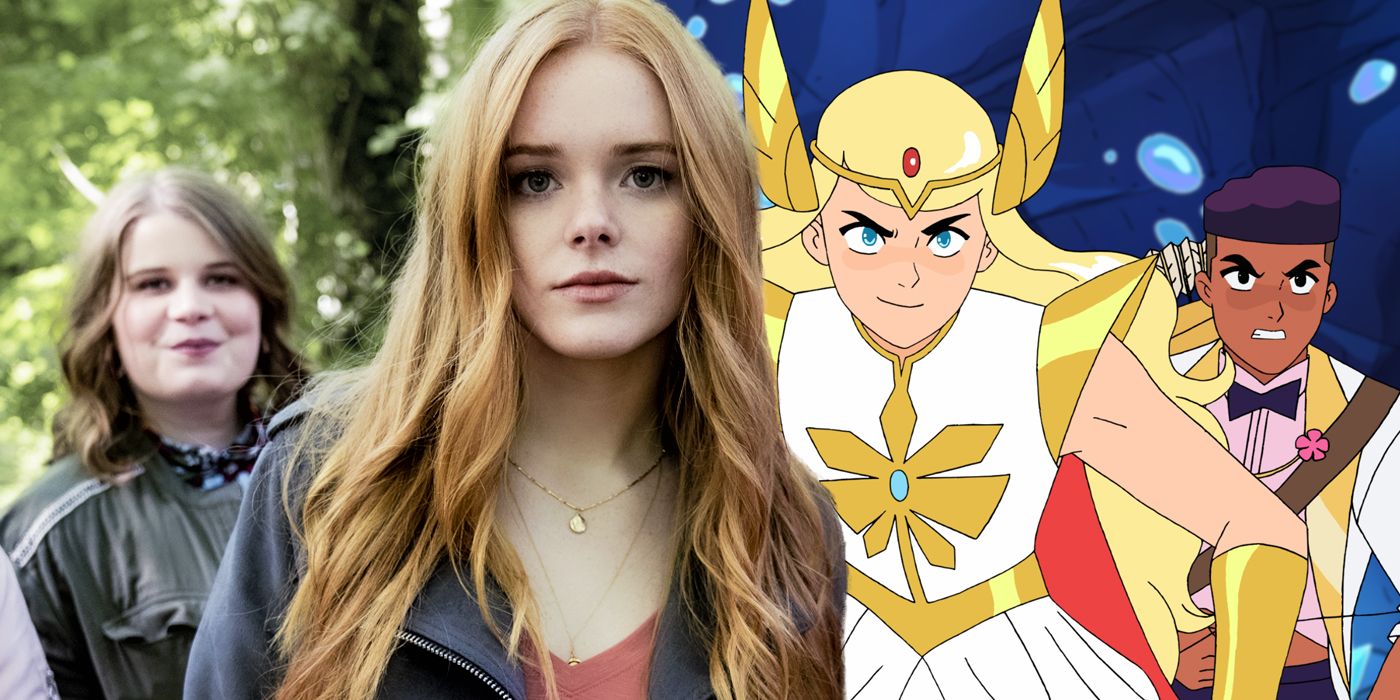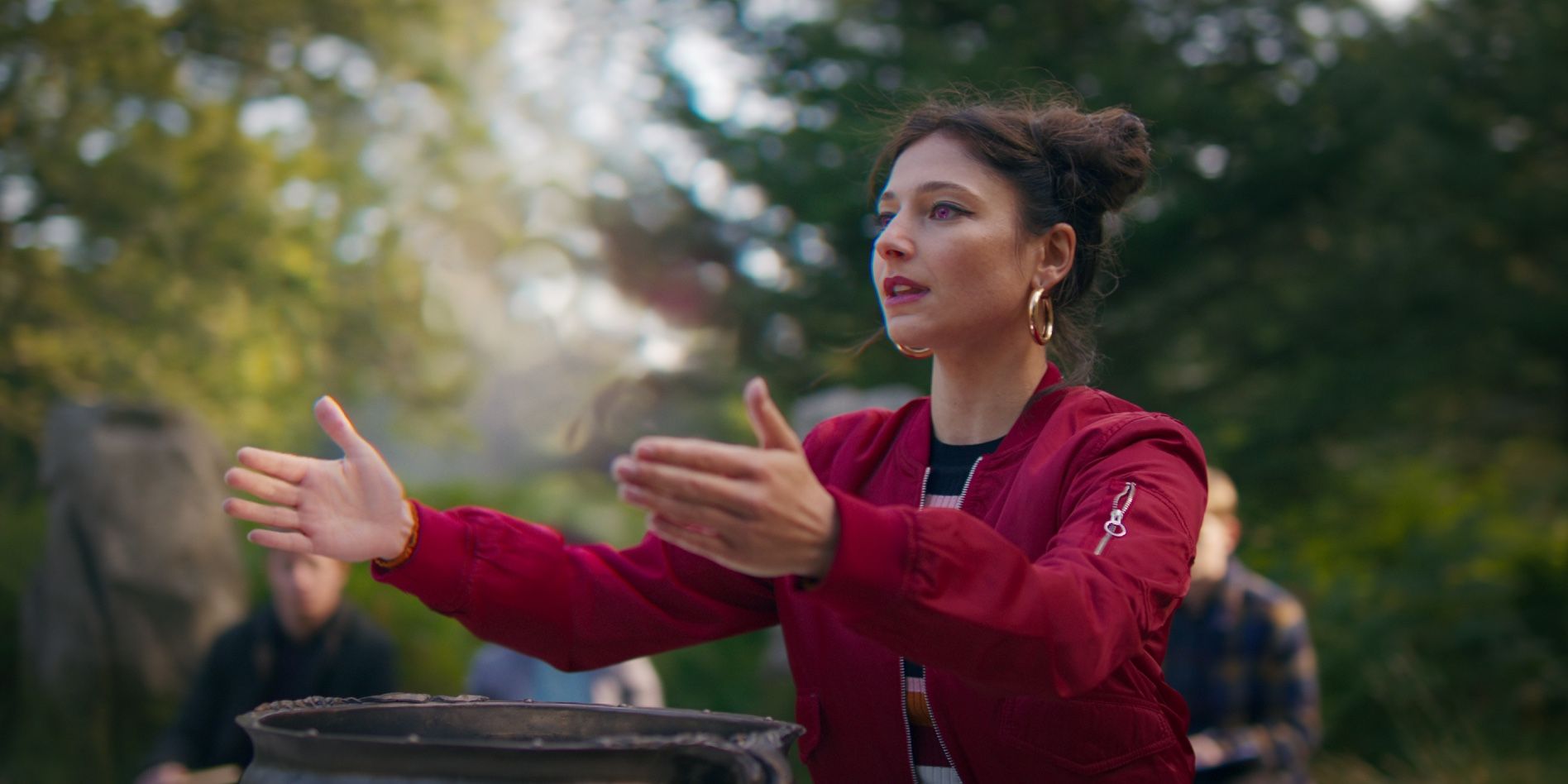Going into its second season, Netflix's critically panned reboot Fate: The Winx Saga could stand to learn a lot from another reboot of a cartoon aimed at little girls: She-Ra and the Princesses of Power. On the surface, both shows are similar: in a world that mixes magic and advanced technology, a girl unaware of her heritage discovers that she wields a unique power and makes friends with a group of other magical girls, including at least one princess.
While She-Ra is beloved by critics and fans alike, Fate: The Winx Saga has been widely criticized for its failure to capture the magic of the original series. Instead of staying a children's cartoon like She-Ra, the showrunners adapted it into a much darker and edgier live-action show, raising the question of who exactly it was for. Even though people of all ages enjoy the original series, Winx Club's original target audience was girls aged 13 and under. With the gore, swearing, and drug use, the remake is clearly not for them, nor is it for grown-up fans of the original series, who would be upset by the massive changes.
That isn't to say that a darker reboot of an original children's property is doomed to failure. With its themes of abuse and breaking free of sociopolitical indoctrination, She-Ra goes to some dark places. The difference is that The Winx Saga mistakes edginess for mature storytelling and seems almost embarrassed by its girly source material. Mature storytelling features emotionally complex plots and characters handled with nuance. Edgy reboots can be mature reboots, but mature reboots aren't always edgy. She-Ra is an example of a mature reboot in the way that it adapts the source material, making the characters - even villains - well rounded, and thinking through the implications of their histories while keeping the target audience in mind. By following She-Ra's example, The Winx Saga can turn its edgy story into a mature one.
One of the first lessons is diversity. She-Ra was praised for its diverse cast and LGBT characters while The Winx Saga was criticized early on for whitewashing an East Asian coded character, Musa, and erasing a Latinx-coded character, Flora, who was replaced with Terra. While it's always nice to see a heroic plus-sized character whose weight isn't a joke or something to fix, it feels less like a genuine attempt at diversity and more like swapping out tokens. Why couldn't Terra be both? It would also be nice if, along with having more racial and body diversity in season 2, and there were also more LGBT characters. Unlike She-Ra, the only confirmed LGBT characters are villains - Beatrix, Riven, and Dane. They're likely on a path to redemption, but it's still not a great look.
The next thing Fate: The Winx Saga could do is let the characters be fun. The core of She-Ra is the relationships between the characters, and the show knew when to let loose and give characters the chance to be have fun and be silly. While the cast has good chemistry, The Winx Saga sucked the fun out of most of these characters and replaced it with angst. Stella suffered the worst, going from a cheerful if ditzy artist to an archetypal mean girl with a heart of gold. Imagine if, instead, she had an arc like Shakespeare's Henry IV, where she's purposefully irresponsible as a teen, because she knows she will have the weight of a kingdom on her shoulders later. This would keep the original core of her character while adding a layer of complexity.
Finally, the most important thing they could learn from She-Ra is to embrace hope-punk - a genre that weaponizes optimism. One of the core themes of She-Ra is that anyone has the power to take a stand no matter their circumstances. The final episode of Fate: The Winx Saga's first season ends with the villains winning. What better way for the Winx to rebel against darkness than to choose to be a light within it?


